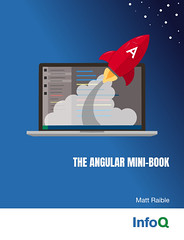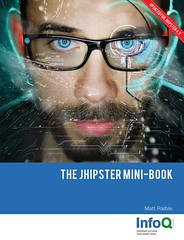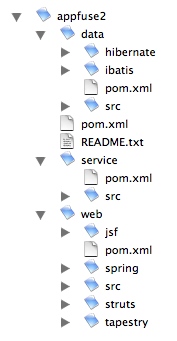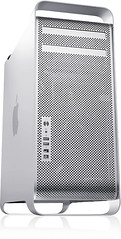The genesis of this talk is Scott's has talked to a lot of developers about web development and most don't understand all the features you get from portal servers. A lot of developers don't know how to sell them to upper management. Typically, they're very expensive, but you get a lot of functionality and features for the price. Portal servers are not just glorified web applications.
You all know what portals are, right? Yahoo is probably the most famous. RockyMountainNews.com uses a portal server, so does Denver Post. The top commercial offerings are BEA WebLogic, IBM WebSphere, Plumtree, Vignette, ATG and Microsoft Sharepoint. The first version of WebSphere was based on Jetspeed 1 and it was a pretty bad implementation. Plumtree was bought by WebLogic and is apparently a combination of .NET and SOA. Microsoft claims they're adding more portal-like stuff, but currently it's very document-management centric (reminds me of Alfresco).
On the open source side, the players are Liferay, Jetspeed, JBoss Portal, Exo, Metadot, Plone, PHP-Nuke and Magnolia. I didn't know Magnolia was a portal server, must be a new feature. Liferay is Scott's favorite, Jetspeed is pretty good, but not much out of the box.
Portals all started because companies had disparate websites and wanted a way of combining them into a single dashboard.
Pieces of a portal:
- Single Sign-on with a unified security model.
- Security/Administration: Portals usually have a content-management component, which allow delegated administration. It's difficult to organize this initially, because of the need to create a hierarchical organizational structure of permissions.
- Personalization: out-of-the-box you can customize the look-n-feel. A lot of times these are driven by rules engines, particularly in the open source arena. Content can often be customized so you can add/remove items that you're interested in.
- Content Management: always comes with a portal because a portal is usually responsible for displaying content. Some include workflow and administration features, like locking, version and administration. JSR-170 defines an interface for accessing CMS systems.
- Collaboration: this is the hot thing this year. Forums, discussions, blogs, RSS feeds, real-time chat, etc.
- Administration: Creation of users, groups and roles. Page and portal layouts, themes, skins and CSS. Selective rights to users to modify desktops and portal attributes.
- Search: Federated search, content repository and meta data search. Web page, database and file system search.
- Interaction Management: Rule-based personalization, campaign execution and management. Event and behavior tracking. Content/Product centric marketing.
- Commerce: Catalog, shopping cart, etc.
For doing portlet development, Scott recommends using a more native technology (i.e. Struts, JSF, PHP, JSP, etc.) and enabled it as a portlet using bridges. Development interfaces are offered via the web or many commons IDEs. You will need some XML, HTML, JSP, CSS and graphics experience to totally enable a portal. Sounds similar to the stuff you need to know for Ajax, eh?
Portals require a mix of development and configuration skill sets. The mix of configuration and development is determined by the platform. Try to lean away from the proprietary features but don't run away from them. Look for pre-build portlets, themes, skins, etc.
One big gotcha of portlet development is source code management. When Scott started developing with portlets, there was no such dev/test/prod setup - vendors just expected him to modify prod. Vignette has a "car" file archive, Liferay has a "lar" archive. These files allow you to easily deploy the changes required for a portlet to work. Apparently, this is still a space that needs a lot of work to allow good source-code control and the ability to rollback updates.
When rolling out a portal for an organization, it's important to start small and build features incrementally.
At this point, my laptop died - as in it went completely black. I hit the power button and it started up again, complete with the loud "bong" for all to hear. A few seconds after restarting, it went black again, so I gave up. After Scott's talk finished, I opened up and tried again - and now it's working.
The rest of Scott's presentation was very cool - he did demos of Liferay's and WebLogic's portals. Liferay looks very cool and a lot of their features remind me of Netvibes.com.



 . He has a lot of good ideas in there that I hope to learn from.
. He has a lot of good ideas in there that I hope to learn from.





 I'm glad someone beat me to it!
I'm glad someone beat me to it!